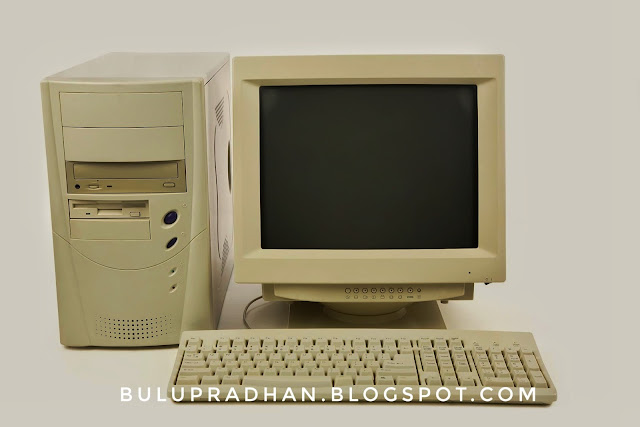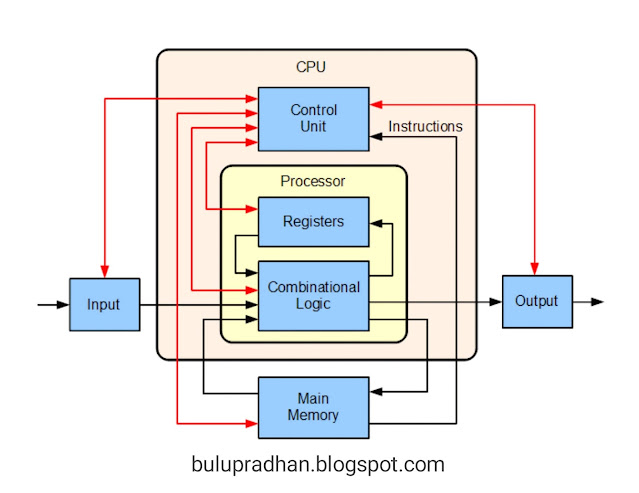Introduction
The term computer comes from the Greek word compute, which means “to calculate”. Initially, the computer was used for performing computing tasks only, so named as a computer, but later its use spread in different sectors and for different purposes. So we cannot say that a computer is only a computing device. It can be defined as below,
Definition
The computer is a high-speed electronic device, which receives data from the user then processes it, and gives us valuable information.
Features of Computer
Speed
A computer works at a great speed and its speed can be measured in terms of seconds. The following are some units of measurements to measure the speed of a computer.
⦁ Milli second = 10-3 of a second
⦁ Micro second = 10-6 of a second
⦁ Nano second = 10-9 of a second
⦁ Pico second = 10-12 of a second
Accuracy
Then term accuracy means exactness of result. A computer never gives any wrong result. It always maintains its accuracy from the beginning to the end.
Storage
This is the most important feature of a computer. We can store a large amount of information inside a small storage device like a microchip and the stored information can be retrieved
as and when require.
Diligence
A computer never suffers from any human traits like tiredness, loneliness, laziness, bareness, poor concentration, etc. It always maintains its accuracy and speed from the beginning of the task to its end.
Versatility
We know very well that today computers are used in a number of fields like education, science, and research technology, medicine, defense, etc. so we can say the computer is a versatile device and it possesses versatility.
Functions of Computer
A Computer is supposed to perform the following 4 functions,
⦁ Receives the data as in form of input
⦁ Processes raw data to get a valuable result
⦁ Gives out valuable information in form of output and
⦁ Stores raw data temporally and information permanently
ANATOMY OF COMPUTER
A computer is consist of two basic elements which are as follows Hardware
All the physical elements attached to a computer are called hardware. For example keyboard, monitor, CPU, UPS, Mouse, etc. These hardware parts of the computer are touchable and carriable.
Software
The collection of instructions written in a particular order to perform a task is called a program when a number of programs get together is called software.
Example - Word, Excel, PowerPoint, etc. we cannot touch or carry software elements.
Block Diagram of Computer
A computer can be divided into 3 units, which are as below,
⦁ Input unit (Keyboard, Mouse)
⦁ System or processing unit (CPU)
⦁ The output unit (Monitor, Printer)
1. Input Unit
This unit is responsible to feed any data, instruction, and information inside the system unit. The devices under this unit are keyboard, mouse, scanner, trackball, joystick, touch screen, etc.
2. System and Processing Unit
This unit processes the raw data to get valuable results or information. This unit uses the CPU as its primary device. The system unit again subdivided into 3 subunits, which are as below.
⦁ Control unit
⦁ Memory unit
⦁ Arithmetic and logic unit
Control Unit (CU)
This unit controls all input and output activities of a computer.
Memory Unit (MU)
This unit is responsible to memorize any data temporally and the information permanently.
Arithmetic and Logic Unit (ALU)
This unit solves all mathematical and logical problems.
3. Output Unit
This unit is responsible to give out valuable information. The devices used under this unit are a monitor, printer, etc.

